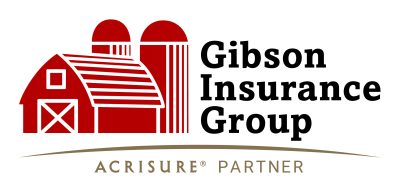This year has seen a dramatic increase in the usage of the Livestock Risk Protection program by producers. You surely have seen articles about it in ag magazines, heard about it from podcasters like Corbitt Wall, or been to livestock meetings where speakers have mentioned it as a risk management tool. From July 2021 to June 2022 there have been an estimated 8.9 million head insured in the United States. In Missouri alone there have been 67,390 head of cattle covered generating $2.4 million in loss payments.
The Livestock Risk Protection (LRP) program can be described as a subsidized put option protecting the price of cattle against a general market downturn. LRP coverages are based on the CME Futures Market and sold on a per head basis. Coverage prices and premiums change daily based on the current market conditions and are calculated based on the animal’s expected ending weight per hundred. Contracts are purchased based on the time frame the producer plans to market their cattle ranging from 13 to 52 weeks. Once the coverage has reached the contract ending date, the coverage price is compared against the Feeder Cattle Index for that day. If the selected coverage price is higher than the Index, the LRP coverage pays the difference.
Besides the increased volatility in the livestock markets, what else has fueled the increase in LRP usage? Beginning in July of 2020, USDA made several improvements and modifications to the program that were very beneficial. One important change made was increasing the minimum subsidy levels from 13% to 35%. This makes the program much more cost effective for producers to add this risk management tool as part of their operation.
Another important change is that there is no upfront cost for the coverage. Premiums are due after the coverage end date. Previously when a producer had obtained coverage, premium was due within 14 days of placement. With this change, if a producer has a loss greater than the premium, there is no actual out of pocket expense for the coverage.
USDA has also allowed producers to cover more cattle per contract and more total cattle per year. They are also allowing producers to place coverage on unborn cattle. Now you can sell your cattle 60 days prior to your contract end date, as compared to the 30 days it was before. This allows producers more flexibility while utilizing the program.
New for the 2023 crop year, LRP contracts generating loss payments will require the producer to show proof of ownership. Sales receipts or detailed vet records are a couple of examples of what will be accepted.
We offer tools that livestock producers can utilize to see how LRP can best serve their operation. The first is the LRP calculator. We encourage backgrounding and stocker operators to use the LRP calculator on our website. By answering a few simple questions, the calculator will give producers an idea of their break-even price and if there are any potential profits to be had based on the coverage levels available that day.
The other tool that we offer is a daily text alert containing a link with the LRP prices available for that day. The page contains coverage options for both feeder and fed cattle along with the last weeks settled cash prices from the Feeder Cattle Index.
These tools are free and easy to use. Many livestock producers find them helpful in making an informed decision about purchasing LRP. LRP is a simple program to use and very easy to obtain the coverage. LRP gives you the peace of mind that you don’t have to time the market. As we have seen over the past year the cattle markets can easily be affected by things within and outside of the ag industry. LRP is a safety net that can protect your operation from general market uncertainty. Contact our office to learn how LRP can benefit your operation.
